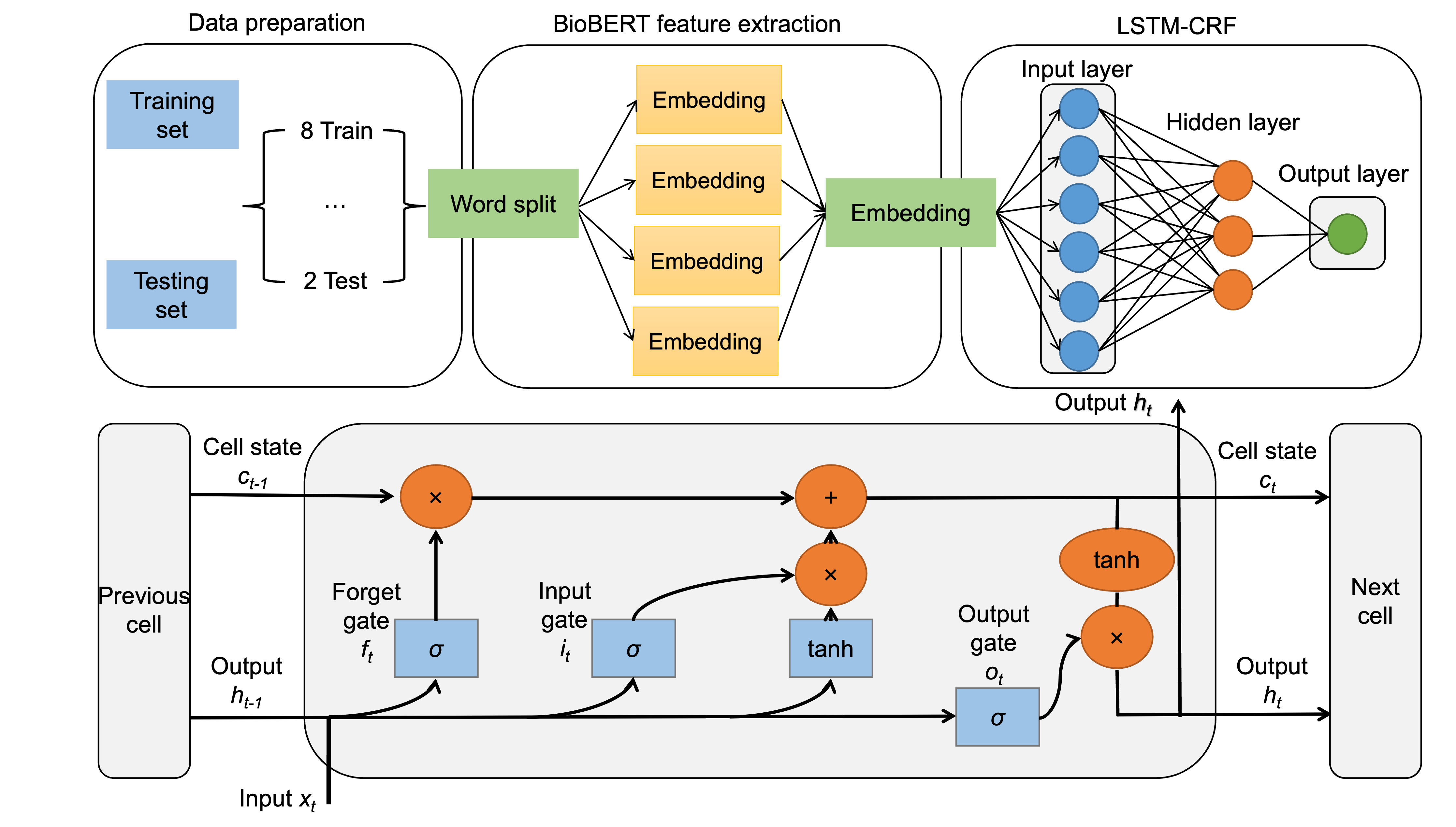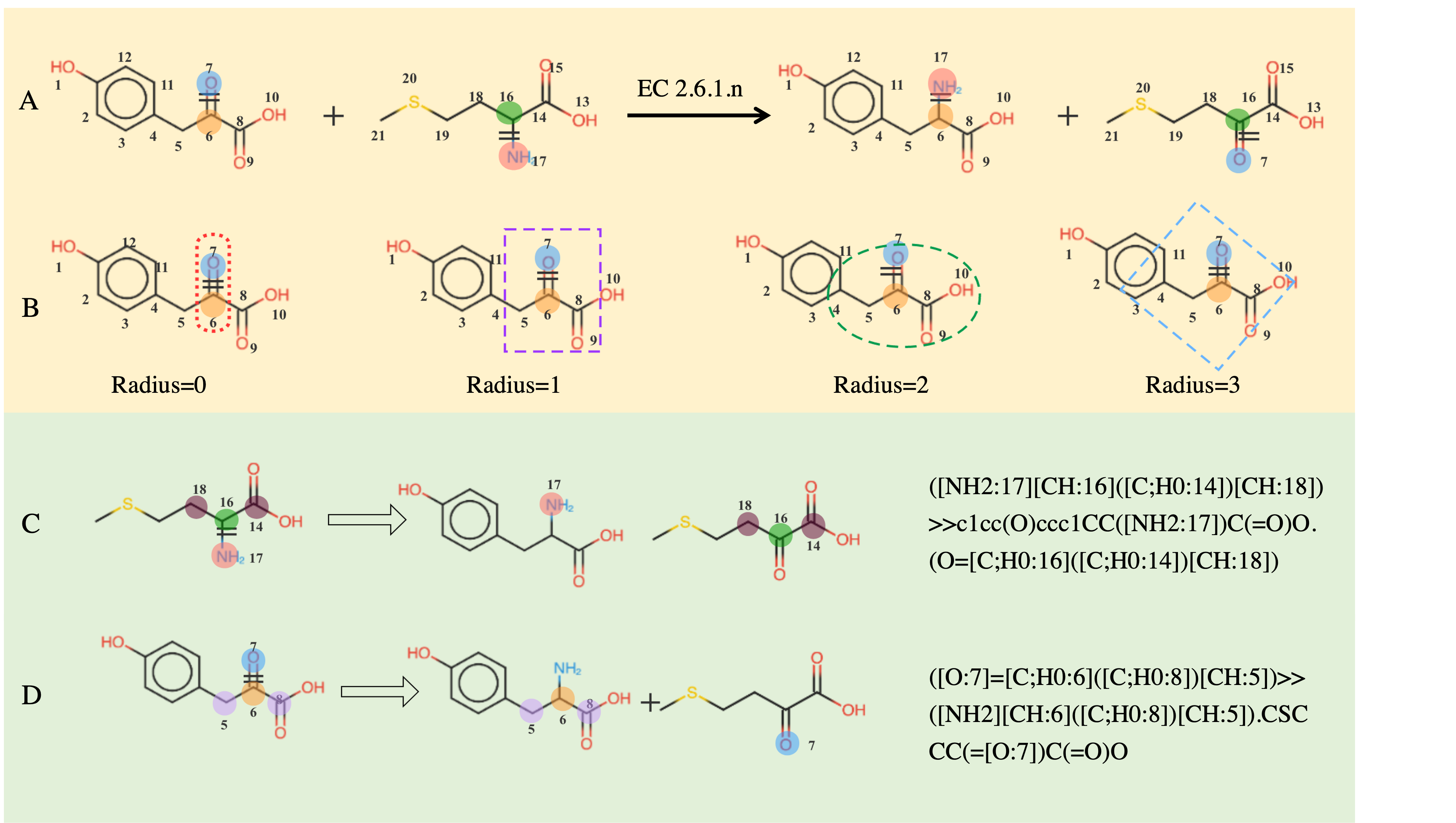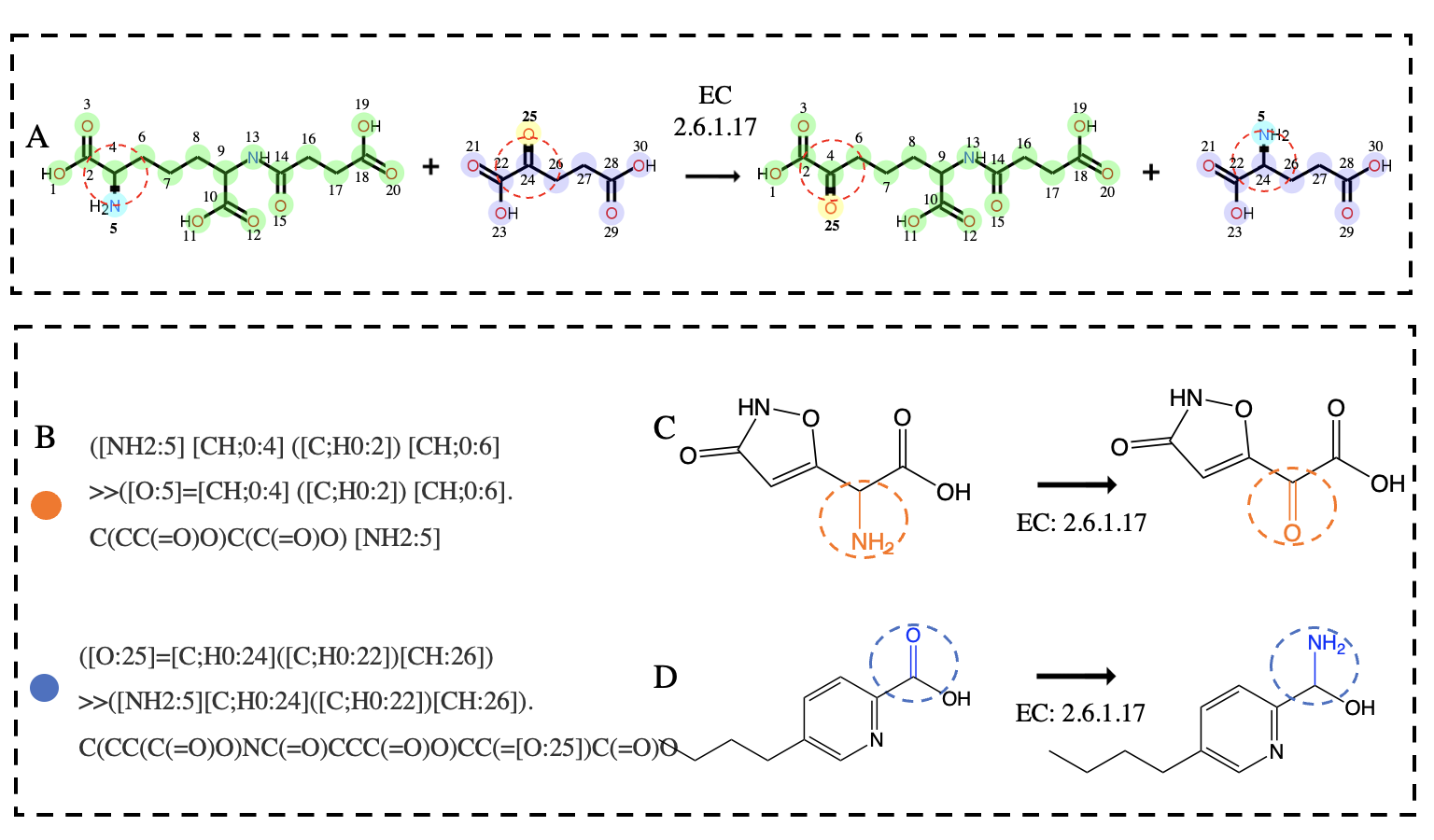Mycotoxins are fungal metabolites produced by specific fungal genera, primarily Aspergillus, Penicillium, Alternaria, and Fusarium. These compounds are typically stable, with a low molecular mass. To date, over 3,000 mycotoxins and their masked forms have been identified, capable of contaminating a wide variety of foods and feeds. However, only around 30 mycotoxins have been extensively studied for their toxic properties, leaving significant gaps in our understanding of both mycotoxins and their masked derivatives.
Masked mycotoxins are formed through transformations that occur during food processing (mainly chemical transformations) or as a result of animal and microbial metabolism (biotransformation). The content of mycotoxins changes dynamically during food processing, influenced by factors such as temperature, heating time, enzymes, food additives, microorganisms, food composition, contamination levels, and other ingredients used in processing. These transformed mycotoxin derivatives, often undetectable by conventional analytical techniques due to structural changes, are referred to as masked mycotoxins. This highlights the critical need for a systematic database encompassing the structures of all potential mycotoxin derivatives, extending beyond the “parent compounds.”
To address this gap, we developed MycotoxinDB, the first comprehensive mycotoxin knowledge base and a data-driven tool for predicting masked mycotoxins. MycotoxinDB includes detailed, manually curated annotations for 189 common mycotoxins and their >3,000 masked forms, covering their molecular structures, physicochemical properties, and toxicokinetic characteristics.
Click following links to get started! Search >> Prediction >>



